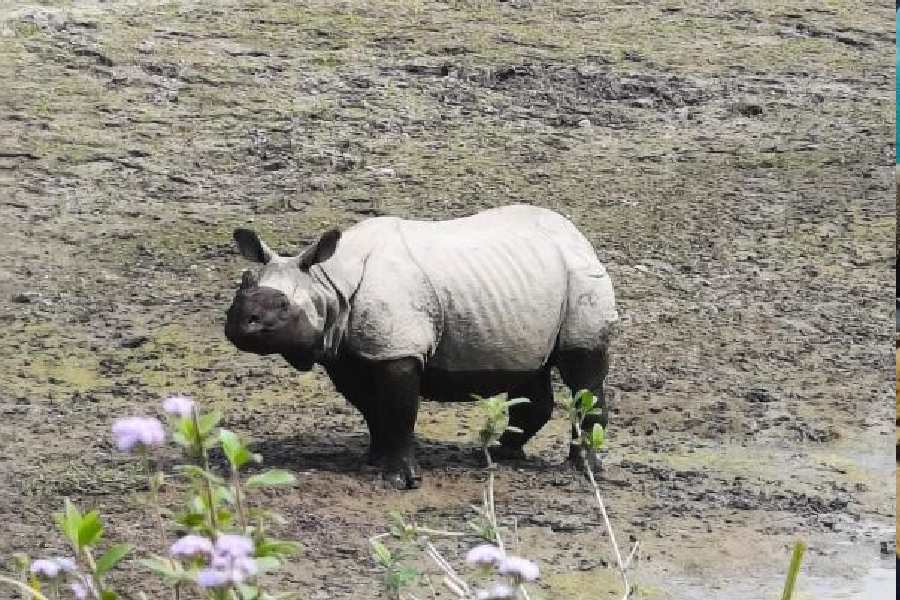The NCERT has come under criticism for inaccurately representing the Indian rhinoceros in a Class IV mathematics textbook, sparking concern among wildlife experts and conservationists.
Dr. Bibhab Kumar Talukdar, a Guwahati-based conservation biologist working with Asian rhino species, flagged at least three key errors in the textbook. The most glaring mistake, he said, is the use of an illustration of a two-horned African rhinoceros while describing the one-horned Indian rhinoceros.
“This misrepresentation is extremely worrying and raises questions about NCERT’s quality control,” Talukdar told The Telegraph on Tuesday. “Using the image of an African rhino in the context of Indian rhinos is a basic but serious oversight.”
Echoing the concern, an X user, Udoy Bhaskar Borah, posted: “In the recently published NCERT Class 4 Math textbook, an Indian rhino is shown to have two horns (Pg 45). Such mistakes are not acceptable in an NCERT textbook.”
The textbook text says: “The Indian rhinoceros is found in the foothills of the Himalayas in Northeast India. Floods and medicinal value of their horns have led to a reduction in their population. In the early 1900s, their population was driven to near extinction with as little as 200 rhinoceroses. But with recent conservation measures, there are now around 4000 rhinoceroses.”
Talukdar criticised the description for multiple inaccuracies. First, he said the Indian rhino is found not only in the Himalayan foothills but also in the Brahmaputra floodplain — particularly in Assam’s Kaziranga National Park, which hosts the largest population.
Second, he noted that referencing the “medicinal value” of rhino horns is misleading and unscientific. “No credible medical study has proven medicinal properties of rhino horn. Such claims can promote demand and poaching,” he warned.
Third, Talukdar pointed out that floods, described in the text as a threat to rhino populations, are actually a natural and vital part of the floodplain ecosystem in Assam. “Despite high floods, Kaziranga’s rhino population has grown from 366 in 1966 to over 2,600 today,” he said.
“These inaccuracies reflect poorly on those engaged by NCERT to write educational content,” he added.
According to sources, the Education Department has asked the State Council of Educational Research and Training (SCERT) to look into the issue.











